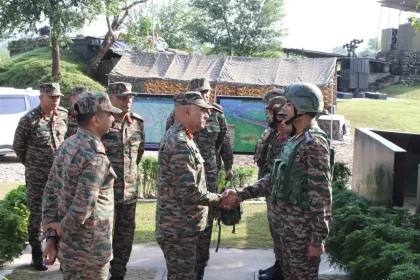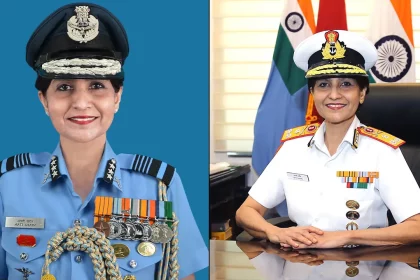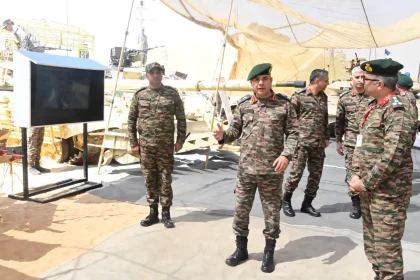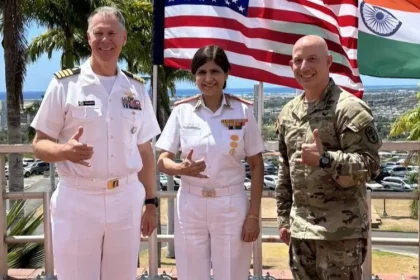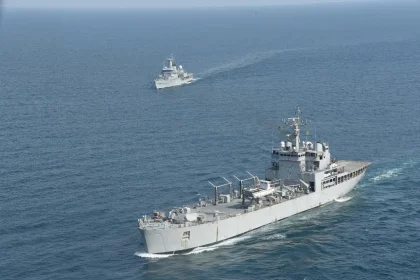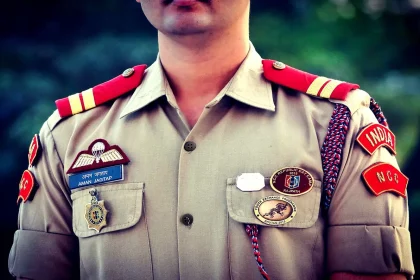Lt Gen Pratik Sharma Visits Akhnoor, Commends Troops for Operational Readiness and Flood Relief Efforts
Northern Command Chief Commends Troops for Operational Readiness and Humanitarian Efforts in Flood-Hit Jammu.
Meet Vice Admiral Arti Sarin: Lady Officer Who Donned All Three Uniforms, Served in Army, Air Force and Navy
Her life story is proof that determination knows no boundaries neither gender nor service branch could limit her will to…
Lt Gen AVS Rathee Reviews Operational Preparedness of Black Mace Brigade
Stationed under the Konark Corps, the brigade plays a vital role in safeguarding national security.
Vice Admiral Arti Sarin Leads AFMS Delegation to US INDOPACOM Medical Facilities in Hawaii
This visit marked a significant step in furthering Indo-US defence medical cooperation.
Indian Navy Set to Float ₹80,000 Crore Tender for Amphibious Warships; L&T, MDL, CSL Among Main Contenders
₹80,000-Crore LPD Project to Boost India’s Amphibious Warfare, with Indian Shipyards Leading Construction and Global Partners Providing Advanced Technology.
How to Earn the Para Wing Badge in NCC – Complete Guide 2025
Earning the Para Wing Badge in the NCC is a transformative journey that combines physical prowess, mental fortitude, and unwavering…

